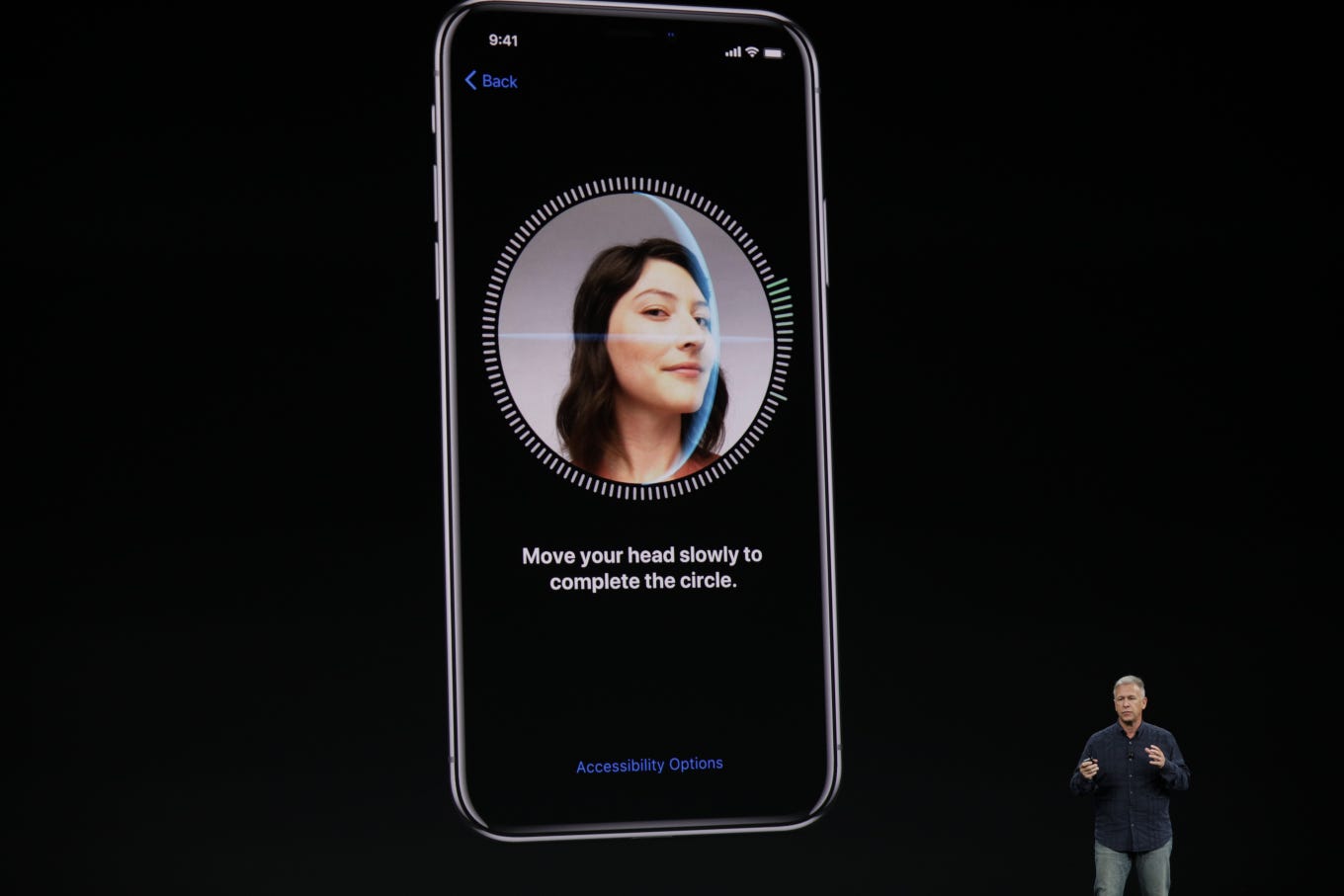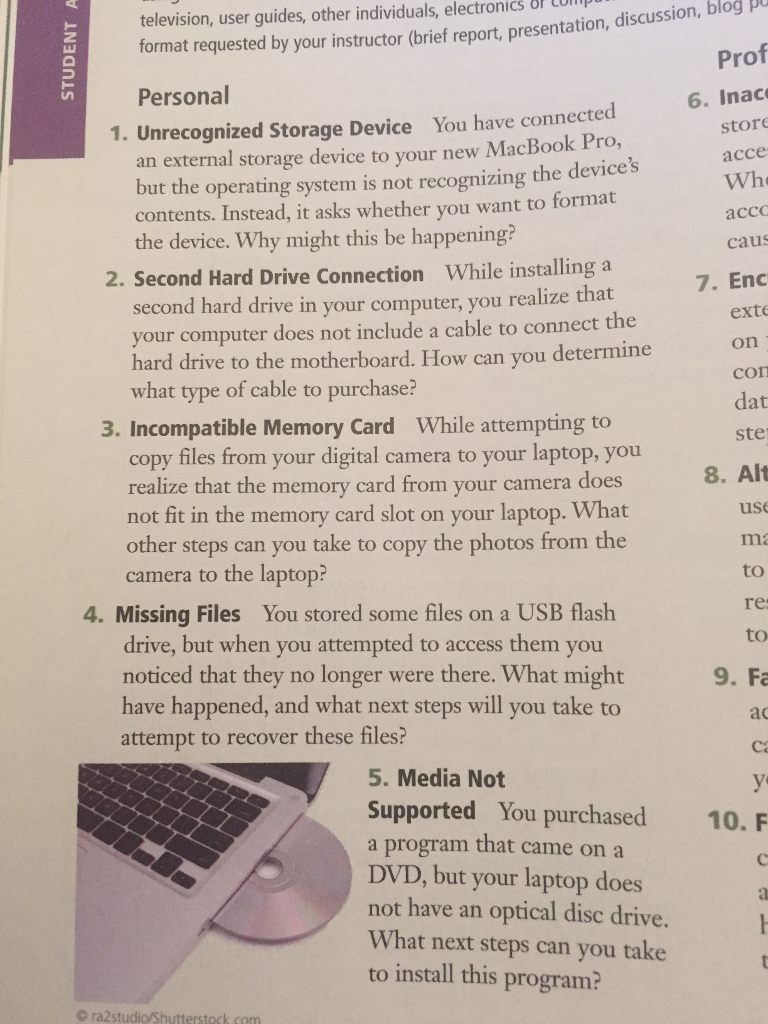Apple's line of laptops for professional and power users. To date the MacBook Pro line includes 13, 15, 16, and 17-inch variants, with major revisions defined by unibody, Retina display, and Touch Bar designs. Hey Vincent - The behavior you see in OSX recognizing the USB is normal - CloudReady partitions don't play nice with Finder. The fact that it works on one machine reassures us that the USB is in good shape - so probably you just need to make adjustments to accommodate the macbook. Damaged USB or flash drive port. It could be a hardware issue with the Mac. If you've got another port, try connecting the device to that one. Reboot your Mac. Sometimes, if a USB disk won't boot, the cause is macOS issue. Hopefully, some data damage that can be fixed by restarting. Choose the Apple menu Restart. Or press and hold the power.
Music Creation Suite (PS-49 Keyboard, Studio One, Notion, Nimbit, XLR cable, M7 Mic, Headphones and USB 2.0 Hub)
| I have a 2016 MacBook Pro with OS 10.12.2, 8 GB of RAM, and a 2.9 GHz processor running on Intel core i5. I have been using StudioOne Pro for 5 years on my old Windows 7 computer, and finally decided to upgrade to a more 'portable' workstation. I tried to plug my Audiobox USB into my mac and run StudioOne, and neither my Mac preferences nor StudioOne preferences were capable of recognizing the interface. Obviously there is no driver I need to install since the AudioBox USB does not require one, and it functioned flawlessly with my old Windows 7 PC. I am still struggling to find a solution to my problem. |
| I have the same problem. I have a macbook pro 2016 i5 with 16gb memory running on Sierra. I have been using my audiobox usb on my previous macbook air and IMac 2015 without problems. My new macbook pro 2016 does recognize the audiobox usb but doesnt connect. It also keeps loosing sight on the audiobox. Because every 3 seconds or so it doesnt recognize the audiobox and then it suddenly pops back up again. I can see that the midi is recognized because I can see in garageband for instance that my midi piano is recognized. I was in contact with Presonus about this issue yesterday and they told me that there is a work around. You'll need to buy a powered TT hub. I just don't want to buy a powered TT hub. Because I don't want just another more device and cable on my desk. Couple of years ago I bought a Presonus Studio Live 16.4.2 mixer and had issues with the mixer not beeiing recognized by my brand new Sony Vaio laptop. I ended up having to sell the Sony and buy a macbook. Now it looks like I have to sell the macbook and buy a Sony again. As you understand I will not do so. But I am stuck with a useless presonus product... again.... |
| I have split this Topic away from another Topic that was an older compatibility issue from 2014. The latest release of MacBooks with USB-C has created an issue for AudioBox USB (and some Studio 192 users). Please be sure to read the Announcement pinned at the top of this thread: viewtopic.php?f=164&t=23563 Or go to the full knowledge base article here: viewtopic.php?f=164&t=23563 Forum Admin Please add your specs to your SIGNATURE. Search the STUDIO ONE 4 ONLINE MANUAL. Access your MY.PRESONUS account. OVERVIEW of how to get your issue fixed or the steps to create a SUPPORT TICKET. Needs to include: 1) One Sentence Description 2) Expected Results 3) Actual Results 4) Steps to Reproduce. |
Who is online
Users browsing this forum: No registered users and 1 guest
By default, Mac starts from its built-in hard disk, but a startup disk can be any storage device that contains bootable contents that compatible with your Mac. For example, if you install macOS or Microsoft Windows on a USB drive, your Mac can recognize that drive as a startup disk. This guide provides 2 ways to boot a Mac from a USB flash drive.
Requirement
Ps software pc download. Starting up your Mac from an external disk requires the following:
- Intel-based Mac.
- Bootable USB thumb drive formatted with a GUID partition type and containing an OS X installer or a usable operating system.

Let's see how to boot a Mac from a bootable USB drive and what to do if your Mac doesn't start up from it.
Way 1: Boot Mac from USB Drive using Startup Manager
Getting your Mac to load from a USB drive is fairly straightforward. Use the following steps, you can easily set Mac boot from an external drive in Startup Manager, so it'll only boot from USB that one time.
Step 1: Insert the USB boot media into a USB slot.
Step 2: Turn on your Mac (or Restart your Mac if it's already on).
Step 3: Press and hold the Option key immediately after you see the Apple logo. Holding that key gives you access to OS X's Startup Manager. Once the Startup Manager screen appears, release the Option key. The utility will look for any available drives that include bootable content.
Step 4: Using either the pointer or arrow keys on the keyboard, select the USB drive you wish to boot from. Once selected, either hit the Return key or double-click your selection. The machine will start to boot from the USB drive.

Let's see how to boot a Mac from a bootable USB drive and what to do if your Mac doesn't start up from it.
Way 1: Boot Mac from USB Drive using Startup Manager
Getting your Mac to load from a USB drive is fairly straightforward. Use the following steps, you can easily set Mac boot from an external drive in Startup Manager, so it'll only boot from USB that one time.
Step 1: Insert the USB boot media into a USB slot.
Step 2: Turn on your Mac (or Restart your Mac if it's already on).
Step 3: Press and hold the Option key immediately after you see the Apple logo. Holding that key gives you access to OS X's Startup Manager. Once the Startup Manager screen appears, release the Option key. The utility will look for any available drives that include bootable content.
Step 4: Using either the pointer or arrow keys on the keyboard, select the USB drive you wish to boot from. Once selected, either hit the Return key or double-click your selection. The machine will start to boot from the USB drive.
Way 2: Set a Mac Boot from USB Drive using Startup Disk
When you use Startup Disk preferences to set Mac boot from an external drive, so it'll boot from that disk until you choose a different one. Here is how:
Step 1: Go to Apple menu > System Preference, then click Startup Disk.
Step 2: Click the locked icon and then enter your administrator password. Apple computer virus scan free.
Step 3: Select External drive as the startup disk, then restart your Mac.
What to do if your Mac does not boot from the selected drive
If you see a message prompts that your security settings do not allow this Mac to use an external startup disk, check the External Boot setting in Startup Security Utility, and then allow your Mac to use an external startup disk.
Step 1: Open Startup Security Utility.
Turn on your Mac, then press and hold Command (⌘) + R immediately after you see the Apple logo. Your Mac starts up from macOS Recovery. When you see the macOS utility window, choose Utilities > Startup Security Utility from the menu bar. When you're asked to authenticate, click Enter macOS Password, then choose an administrator account and enter its password.
Step 2: Select 'Allow booting from external media'.
If you want to select an external startup disk before restarting your Mac, quit Startup Security Utility, then choose Apple menu > Startup Disk.
Note: If you're using Boot Camp in a dual-boot Windows/OS X environment, you may be unable to boot negatively into supported versions of Microsoft Windows XP, Windows Vista or Windows 10 operating systems installed on external USB hard drive.
Macbook Pro Not Recognizing Usb Cable Adapter
Make sure disk has been formatted with a GUID partition type
Intel-based Macs support starting from an external USB storage device's volume that has been formatted with a GUID partition type. If you wish to boot from the drive, it's important to format the partition as 'GUID Partition Table' rather than either of the other two ahead of time when you use that drive as a bootable drive.
Make sure your disk is bootable
Macbook Pro Not Recognizing Usb Keyboard
Volumes that aren't bootable and don't contain a copy of a valid operating system aren't listed in Startup Disk or Startup Manager. Make sure the external drive you're trying to start from contains a usable operating system.
